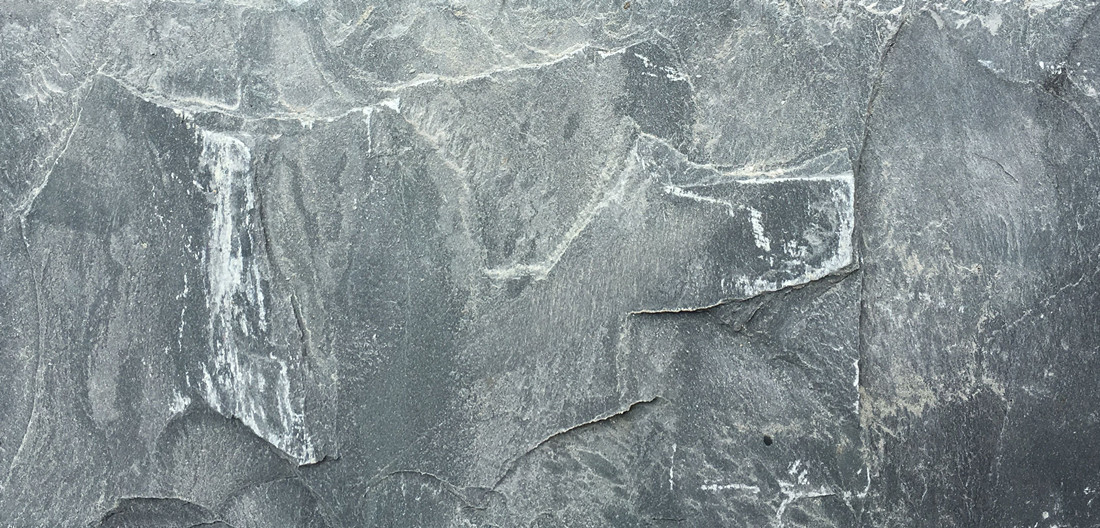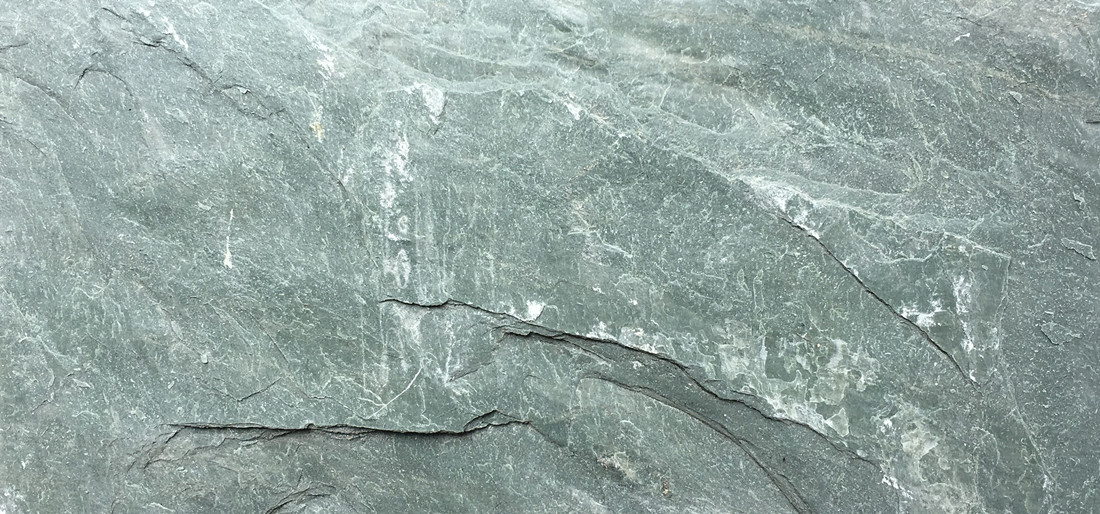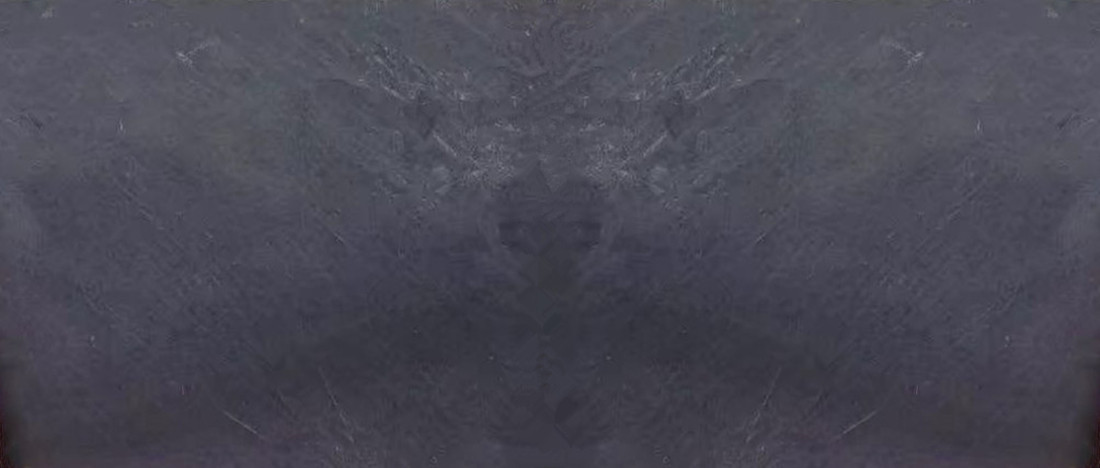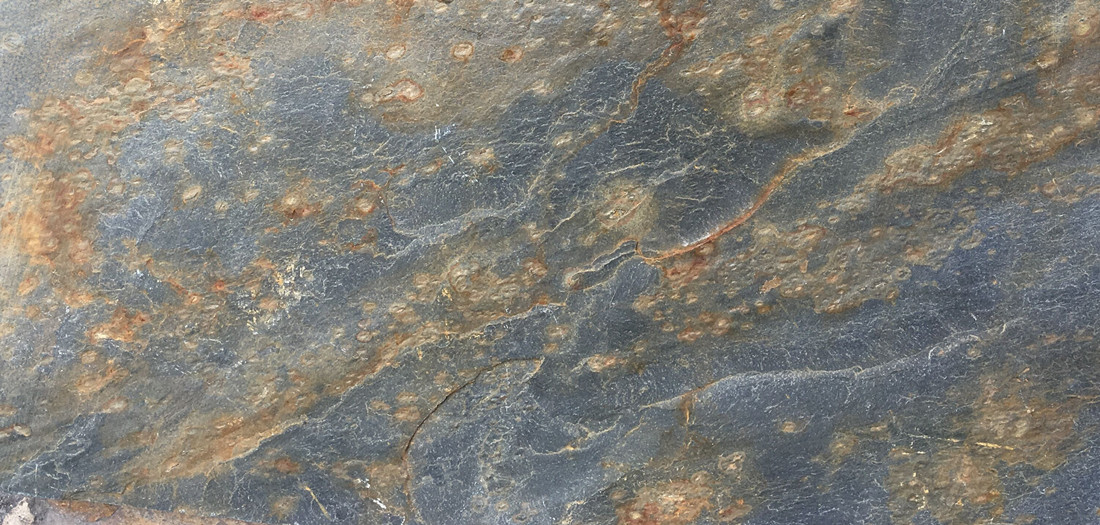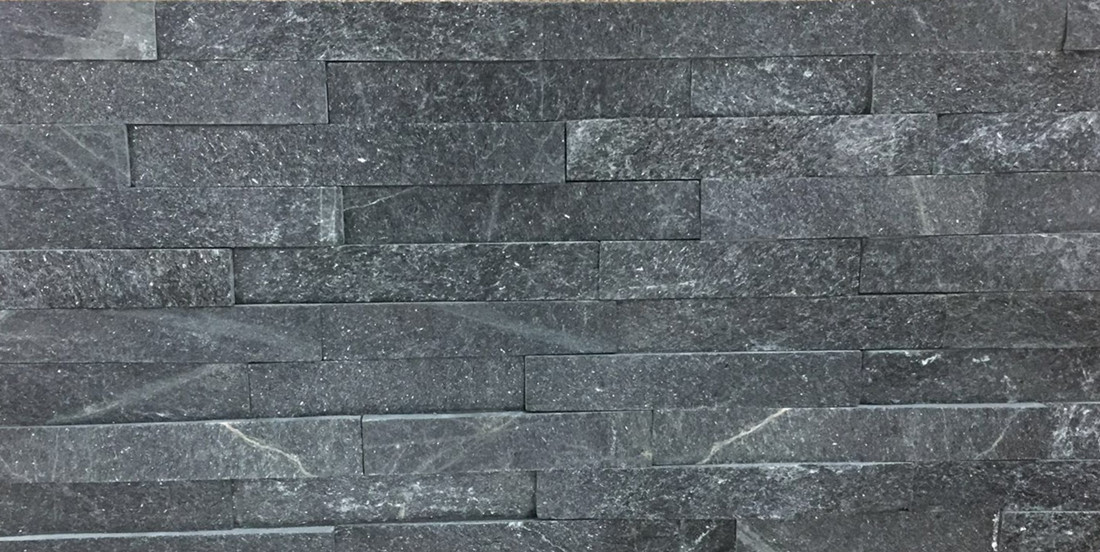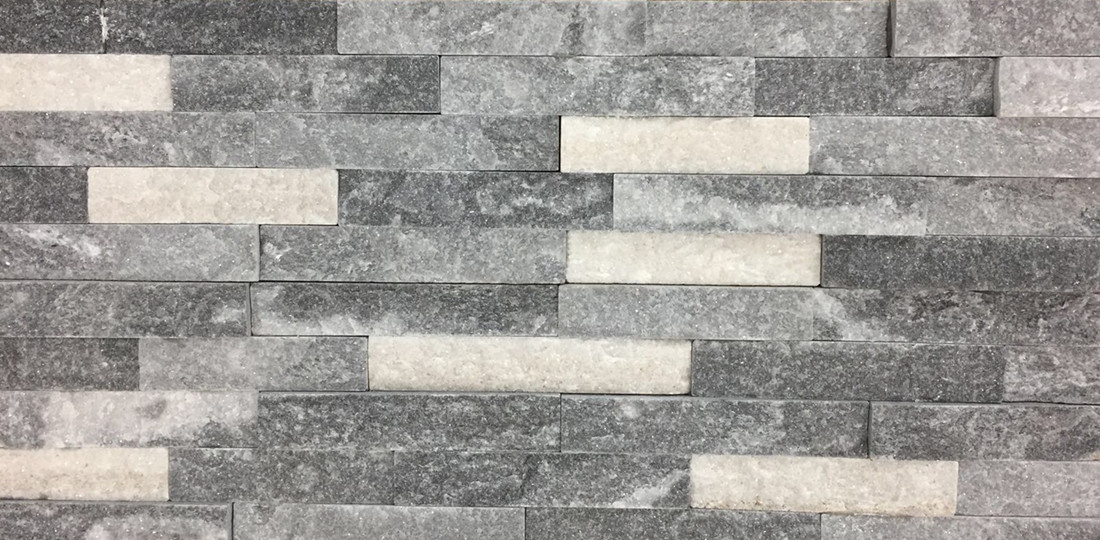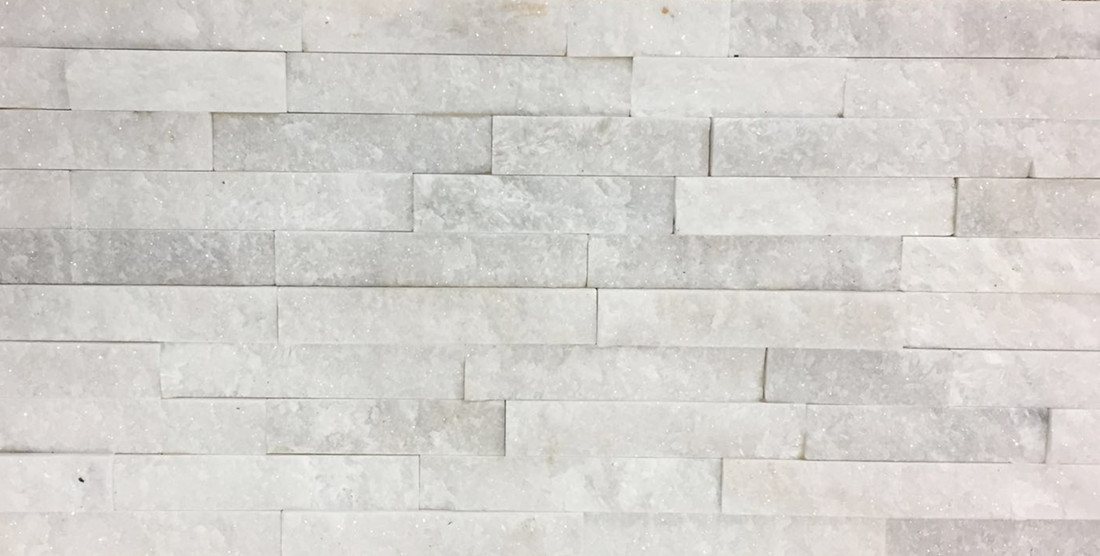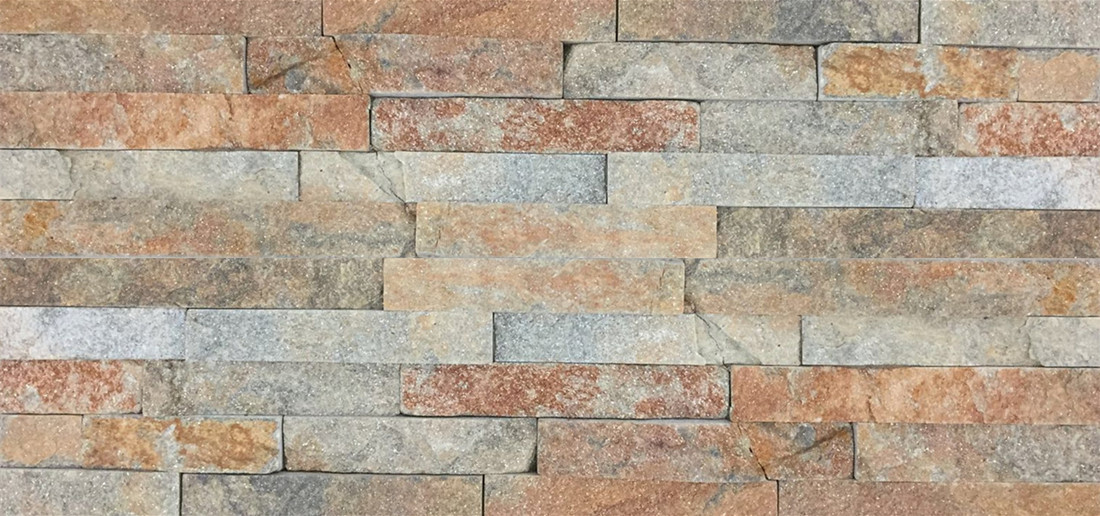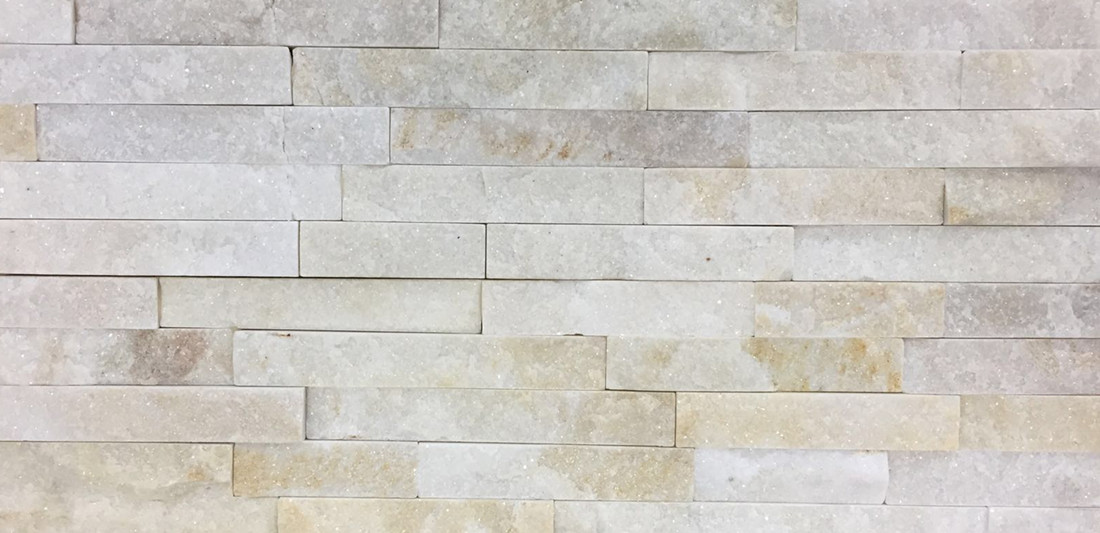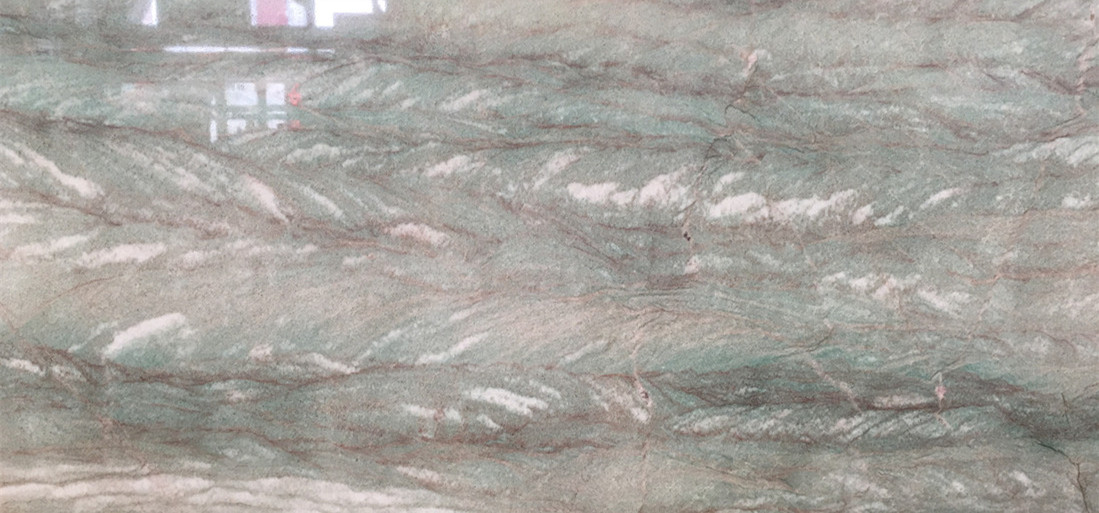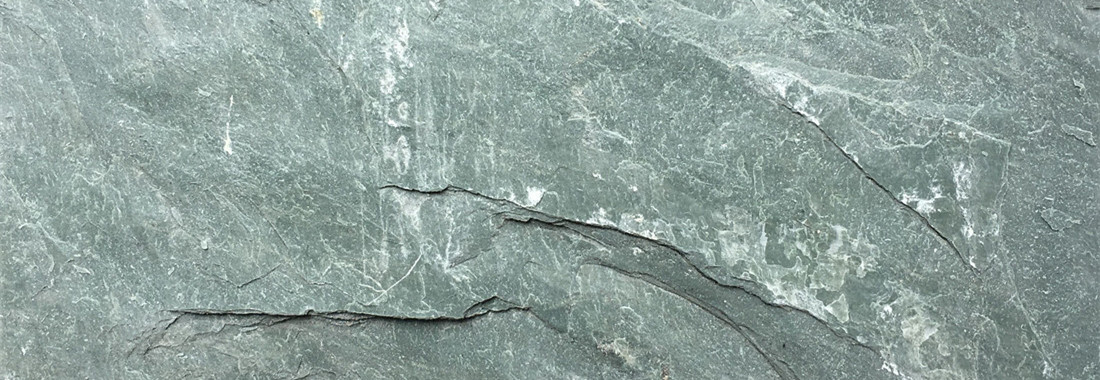Slate is
a fine-grained, foliated, homogeneous metamorphic rock derived
from an original shale-type sedimentary rock composed
of clay or volcanic ashthrough low-grade regional metamorphism. It is the finest
grained foliated metamorphic rock. Foliation
may not correspond to the original sedimentary layering, but instead is in
planes perpendicular to the direction of metamorphic compression.
The word "slate" is also used for
certain types of object made from slate rock. It may mean a single roofing tile
made of slate, or a writing
slate. This was traditionally a small smooth
piece of the rock, often framed in wood, used with chalk as a notepad or
noticeboard, and especially for recording charges in pubs and inns. The phrases
"clean slate" and "blank
slate" come from this usage.
Slate inbuildings:Slate can be made into roofingslates, a type of roof shingle,or more specifically a type of rooftile, which are installed by a slater. Slate has two lines of breakability – cleavageand grain – which make it possible to split the stone into thin sheets. Whenbroken, slate retains a natural appearance while remaining relatively flat andeasy to stack. A "slate boom" occurred in Europe from the 1870s untilthe first world war, allowed by the use of the steam engine in manufacturingslate tiles and improvements in road and waterway transportation systems.
Quartzite (from German: Quarzit)is a hard, non-foliated metamorphicrock which was originally pure quartz sandstone. Sandstoneis converted into quartzite through heating and pressure usually relatedto tectonic compressionwithin orogenic belts. Pure quartzite is usuallywhite to grey, though quartzites often occur in various shades of pink and reddue to varying amounts of iron oxide (Fe2O3).Other colors, such as yellow, green, blue and orange, are due to otherminerals.
Uses:Because of itshardness and angular shape, crushed quartzite is often used as railway ballast. Quartziteis a decorative stone and may be used to cover walls, as roofing tiles, asflooring, and stairsteps. Its use for countertops in kitchens is expandingrapidly. It is harder and more resistant to stains than granite. Crushedquartzite is sometimes used in road construction. Highpurity quartzite is used to produce ferrosilicon, industrial silica sand, silicon and silicon carbide.[6] Duringthe Paleolithic quartzite was used, in addition to flint, quartz, andother lithic raw materials, for making stone tools.
